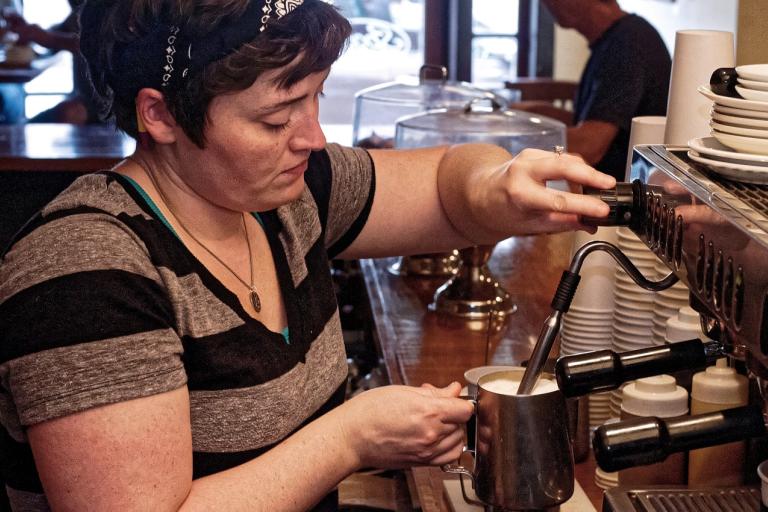International Women’s Day represents a global recognition of the achievements and contributions of women across a variety of sectors. In New York City, this celebration has intrinsically labor-oriented roots. International Women’s Day harkens back to February 1908, when thousands of women garment workers in New York City carried out a labor strike to protest their working conditions.[1] In the approximately 110 years since, and especially in the last year, we have seen a growing intensity in the call to action against the discrimination and harassment women suffer. The fight against sexism, particularly as it occurs in the workplace, has been emphasized by movements such as the Times Up and #MeToo campaigns. These efforts have been a step in the right direction toward recognizing that harassment and discrimination against women is a cultural and systemic problem.
However, many obstacles remain. While women in New York City are an integral part of the workforce—making up nearly half of the labor force and owning approximately 40 percent of New York City businesses—a woman in New York State working full-time makes only about 87 cents for every dollar earned by a man.[2] Nationwide, the annual median earning of women working full-time in 2013 was approximately $39,157, compared with men at $50,033.[3] Additionally, a 2016 comprehensive study from the Equal Employment Opportunity Commission (“EEOC”)—the agency charged with enforcing federal laws against discrimination and harassment based on sex—found that anywhere from 25 percent to 85 percent of all women report having experienced sexual harassment in the workplace.[4] While these percentages diverge widely, sex-based discrimination remains empirically an issue that disproportionately affects women. As the EEOC reports, sex discrimination charges filed by women account for approximately 74.4 percent of all sex discrimination charges filed with the agency.[5]
In providing legal assistance to women who are victims of discrimination, harassment, and wage theft—including immigrants, women of color, and low-wage workers—Virginia & Ambinder stands in solidarity with the international fight to further women’s rights, and seeks to amplify the voices of the countless number of women who have strived to enforce their rights. We express our gratitude to those who have struggled to combat the ongoing epidemic of sexism, and look forward to the gains that 2018 will bring.
[1] Suyin Haynes, The Radical Reason Why March 8 is International Women’s Day, TIME, (March 8, 2018), http://time.com/5187268/international-womens-day-history/.
[2] Leticia James, Policy Report: Adanving Pay Equity in New York City, (April 2016), at p. 2 https://pubadvocate.nyc.gov/sites/advocate.nyc.gov/files/opa_pay_equity_report_final.pdf (citing U.S. Census Bureau, 2014 American Community Survey 1-Year Estimates, Table DP03; 3 Center for an Urban Future, “Breaking Through: Harnessing the Economic Potential of Women Entrepreneurs” (2016); U.S. Census Bureau, 2014 American Community Survey 1-Year Estimates, Table S2409: Class of Worker by Sex and Median Earnings in the Past).
[3] U.S. EEOC, Women in the American Workforce (visited Mar. 8, 2018), https://www.eeoc.gov/eeoc/statistics/reports/american_experiences/women.cfm.
[4] Ch R. Feldblum & Victoria A. Lipnic, Select Task Force on the Study of Harassment in the Workplace, EEOC, p. 8, https://www.eeoc.gov/eeoc/task_force/harassment/upload/report.pdf.
[5] U.S. EEOC, Women in the American Workforce (visited Mar. 8, 2018), https://www.eeoc.gov/eeoc/statistics/reports/american_experiences/women.cfm.


